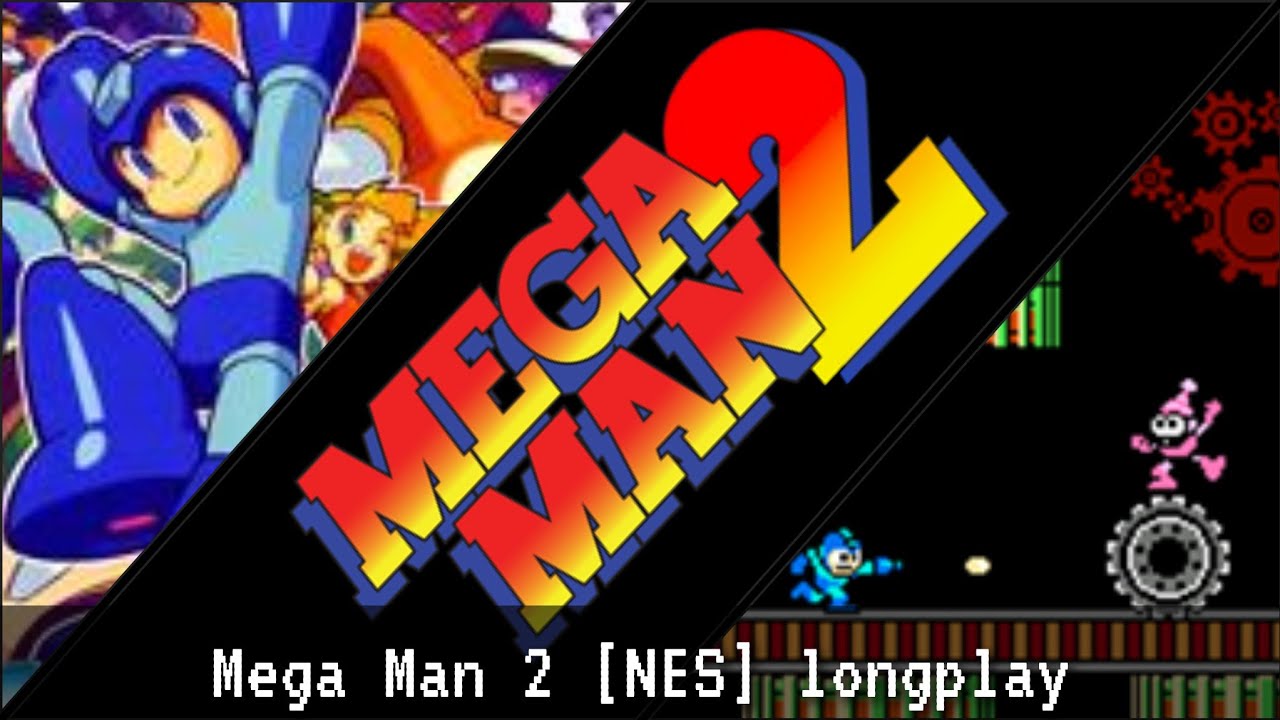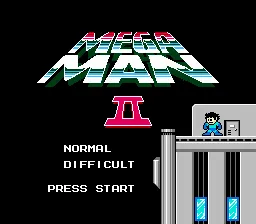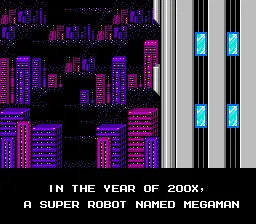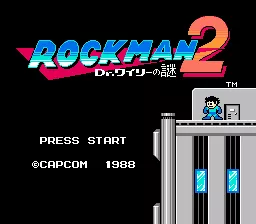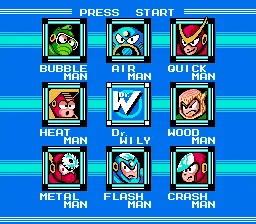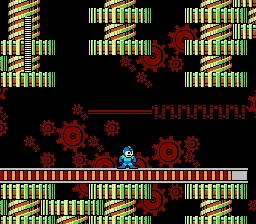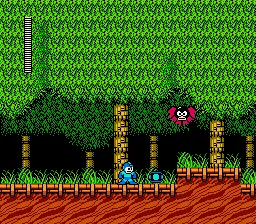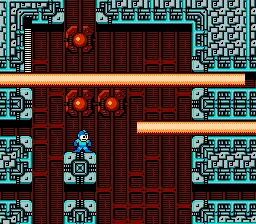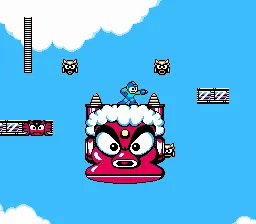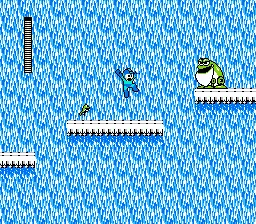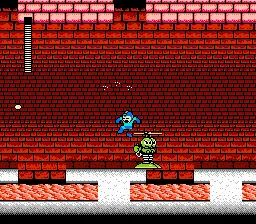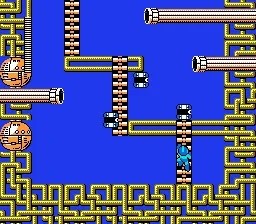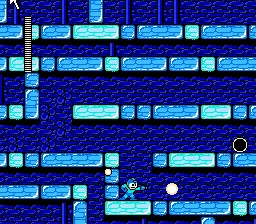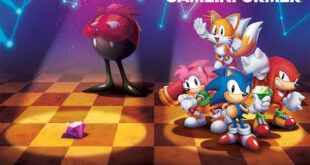Retro Review: Mega Man 2 – An 8-Bit Legacy on the NES
Mega Man 2 is a game that needs no introduction to fans of the classic NES library. Developed by Capcom, this title not only defined an era of platforming games but also established a franchise that would become a cornerstone of the genre. Let’s dive deep into the game that many still hold close to their hearts.
The Mastery of Capcom’s Craftsmanship
The original “Mega Man” had a lukewarm reception, but Capcom didn’t give up. Keiji Inafune and his team, working on what was essentially a passion project, poured their collective creativity into “Mega Man 2.” With a limited budget and the blessing of Capcom’s management to pursue this sequel, the developers worked arduously to create something special.
“Mega Man 2” was a labor of love, and it showed in every aspect of the game. The developers doubled down on the action-platforming elements of the original and refined the gameplay mechanics to near perfection. The result was a title that felt challenging yet fair, with responsive controls and a difficulty curve that was demanding without being punitive.
A Symphony of Pixels and Sound
Upon booting up “Mega Man 2,” players were immediately greeted with an intro screen and a theme that would become iconic. The game’s soundtrack, composed by Takashi Tateishi, was a marvel of chiptune music. Its catchy, energetic tunes are still celebrated today, with the “Dr. Wily Stage 1” theme standing out as a prime example of the game’s auditory excellence.
Graphically, “Mega Man 2” was a significant step up from its predecessor. The sprite work was more detailed, the backgrounds more vivid, and the character designs imaginative. Each Robot Master was unique, and their levels reflected their individual themes, from the fiery depths of Heat Man’s stage to the serene and dangerous heights of Air Man’s level. The visual storytelling set the standard for what the NES was capable of.
Gameplay: A Refined and Robust Experience
“Mega Man 2” offered tight and precise control over the Blue Bomber. Players had to navigate through eight distinct stages in any order they chose, each culminating in a boss battle against a Robot Master. Defeating these bosses allowed Mega Man to acquire their special weapons, which in turn could be used to exploit the weaknesses of other bosses — a rock-paper-scissors dynamic that became a series staple.
The game introduced E-Tanks, which allowed players to store energy pickups and use them to refill health at critical moments. This small addition added a new layer of strategy to the game and helped to balance its difficulty.
A Tale of Heroism and the Will to Save Humanity
“Mega Man 2’s” narrative built upon the simple story of its predecessor. The nefarious Dr. Wily returns with a new set of eight Robot Masters in a bid to conquer the world. Mega Man, the heroic creation of Dr. Light, sets out to stop Wily and bring peace to the world. The story was straightforward yet compelling, a classic battle of good versus evil that resonated with players.
The game did not feature cutscenes, relying on the game manual and players’ imaginations to flesh out the story. Despite this, “Mega Man 2” had an emotional pull, with the climactic battle against Dr. Wily standing as a testament to the Blue Bomber’s unwavering determination.
Public Reception: An Instant Classic
“Mega Man 2” was released to critical acclaim and commercial success. It became the best-selling Mega Man game and is often cited as one of the greatest video games of all time. The tight platforming, memorable music, and unique level designs were universally praised. In a time when sequels often rehashed original titles, “Mega Man 2” set itself apart by enhancing everything that made the first game good and addressing its shortcomings.
Retro gaming communities, such as the Mega Man subreddit, continue to discuss and share their love for the game, decades after its release.
Notable Facts About “Mega Man 2”
- “Mega Man 2” is the only game in the series where the player can acquire more than four E-Tanks.
- The game was originally released in Japan as “Rockman 2: Dr. Wily no Nazo,” which translates to “The Mystery of Dr. Wily.”
- It was the first game in the series to introduce a password system for returning to specific points in the game.
- “Mega Man 2” was developed by a team of just a few people and was completed in a mere four months.
Replay Value: More Than Just Nostalgia
“Mega Man 2” remains highly replayable, thanks to its non-linear level selection and the variety of ways players can tackle each stage withdifferent weapons. The Normal and Difficult modes also provide players with an additional challenge, encouraging them to master the game at higher difficulty settings.
In Retrospect: A Quotation from the Fans
A member of the Retro Replay community, Jonathan Simmons, once said:
“Mega Man 2 isn’t just a game; it’s a rite of passage for any retro gamer. Its perfect blend of challenge, innovation, and nostalgia makes it a timeless classic that we find ourselves coming back to, time and time again.”
This sentiment echoes the feelings of many who have experienced “Mega Man 2” and found it to be more than just a game, but a pivotal part of their gaming history.
Conclusion
Mega Man 2 stands as a testament to the creativity and dedication of its developers. Its continued popularity is a testament to its quality as a game, transcending the generational divide to unite gamers young and old in their appreciation for this 8-bit masterpiece. The game’s impact on the industry is undeniable, influencing countless developers and games that followed.
Whether you’re a seasoned veteran revisiting Dr. Wily’s fortress or a newcomer eager to experience the origins of this iconic franchise, “Mega Man 2” remains an essential play. It’s a game that, over three decades later, continues to define the very essence of the action-platformer genre.
For more information on Mega Man 2, check out its Wikipedia page or visit the official Capcom website for a look at the company’s legacy and its impact on gaming as a whole.
The verdict.
Graphics - 96%
Sound - 100%
Gameplay - 95%
Replay value - 94%
96%
This is often cited as the fan favorite of all 6 NES releases.
 Retro-Replay.com Retro gaming reviews, news, emulation, geek stuff and more!
Retro-Replay.com Retro gaming reviews, news, emulation, geek stuff and more!
